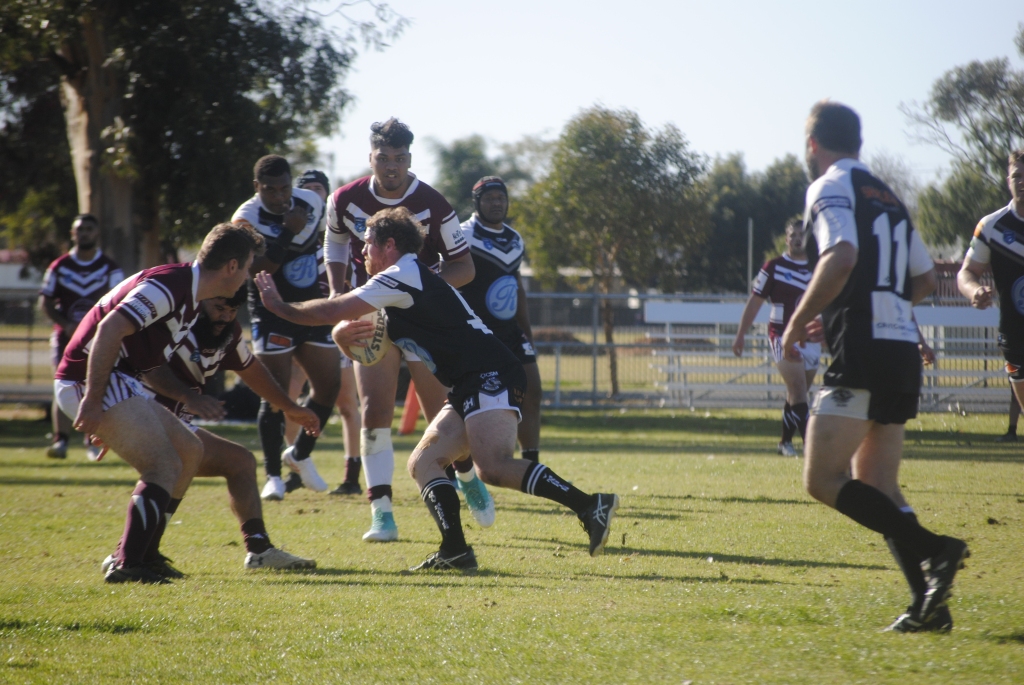By Tallon Smith
I’m sure this week nearly everyone has seen that the Narooma Devils have entered recess in all senior grades except the Under 18s.
Founded in 1932, the Devils have won 9 Premierships in Group 16, with a title coming as recently as 2012.
However the town has long been dealing with changing demographics which have depleted the number of available rugby league players in the area.
First of all, Narooma has an extremely high median age, with the average resident of the town being 58 years according to the 2021 Census.
This, coupled with the town’s relatively low population of 2,700 and the fact that many younger locals are leaving town for opportunities in university and employment means that the Devils’ once plentiful supply of talent has dried up.
Sure, Narooma has continued to produce great footballers over the years, with Cronulla’s Teig Wilton hailing from the area (and ironically scoring the opening try in his side’s trial match played on the day that the club entered recess).
However, the amount of juniors staying in town to play senior football has declined, and the Devils are no longer able to field open age sides in Men’s or Women’s grades.
This phenomenon isn’t confined to Narooma though; it is a widespread and rapidly growing threat to the futures of many small-town sides in group-level competitions.
Gundagai for example, a town of 2,000 people known for its strong rugby league side which is the only team in town of any code, will not field Under 16s or 18s in 2024.
Neither will Group 20’s Hay Magpies, while Group 2 side Bellingen looks set to fold after going a step further and withdrawing from all grades.
15 years ago, Harden-Murrumburrah withdrew from Group 9 under similar pressure trying to fill their sides.

The question is, what are possible solutions from a footballing perspective to such a widespread and much broader social issue?
Well, one is to form sub-group competitions, which have no Reserve Grade and no obligation to fill all of the other three grades.
This is best exhibited in the case of the Canberra Region Rugby League’s George Tooke Shield, where many a falling group-level club has sought refuge over the years, including Harden and Cootamundra from Group 9 and Crookwell and North Canberra from the CRRL’s premier competition.
Another similar competition is the Woodbridge Cup, which sits below Group 10 and 11, and has rescued many clubs including Condobolin, Eugowra, Manildra, Oberon, and more recently, Cowra and Blayney.
However, back to Narooma and the narrow coastal strip that the majority of Group 16 is comprised of, the lack of towns makes having a group-level competition and community competition hard, with dividing the 10 clubs into two divisions leaving two leagues of five clubs.
The other, dreaded option is merging, a thought that causes all sorts of emotions.
Sometimes it is the only way out, half a club is better than no footy at all.
But in this case, it is a bitter pill to swallow for a club with so much rich history.
At least the club’s Under 18s side offers a glimmer of hope.
Maybe they can join the 6 or 7 established First Graders in town, along with a couple of other interested blokes, to reform the side.
Hopefully there is a similar miraculous renaissance in Reserves and League Tag through the juniors; after all, juniors are the future.
But for now, there is not much that can be done.
We can’t change demographics, and we can’t speed up the process of developing juniors who will one day become the First Graders of the future.
Sometimes, there is nothing you can do but wait.
Hope, and wait.

